For your information
You are being redirected to one of our divisional subsites which contains more detailed information on the required division. To navigate back to the main Invicta Group site, please click the link found in the footer at the bottom of the page.
- Durasteel
Discover the benefits of Durasteel
- Systems
Systems
- Expertise
Expertise
-
Applications
- Aircraft Hangar Fire Protection
- Battery Storage Facilities
- Building Fire Compartmentation
- Anti-Terrorist Blast Protection
- Cable Tunnel Fire Compartmentation
- Equipment Delivery Hatches
- Equipment Enclosures
- Heat Shields
- Power Station Fire Protection
- Metro and Rail Fire Protection
- High Voltage Cable Protection
- Substation Fire & Blast Protection
- Tunnel Fire Protection
- Oil & Gas Fire & Blast Protection
- Ventilation Systems
- Wind Farm Fire Protection
-
Applications
- Projects
- Insights
Insights
-
Articles
- The benefits of passive fire protection for businesses
- What BS 9991 changes mean for building fire safety
- Does the rise in electric vehicle fires pose a risk to buildings?
- What Boeing’s downfall says about safety culture
- Does AI pose a threat to fire safety?
- What we can learn from the Grenfell report
- Frequently Asked Questions
- A to Z of Terms
-
Articles
- Contact
Contact

UK +44 1843 220 256

US +1 305 328 9444

UAE +971 4 277 6225

Qatar +974 4441 4340

India +91 79945 14049

Malaysia +60 16 286 6225
- Start your project
Is fire safety too focused on learning from disasters?
8th May 2024
Quick Quote
Contact Fraser Shearer Sarun Vysakham Ben Tan Anand Raghavan Anand Raghavan Our USA Office
To get a quotation or arrange a free site survey - Call Fraser Shearer Sarun Vysakham Ben Tan Anand Raghavan Anand Raghavan Our USA Office on
-
 UK
UK
-
 UAE
UAE
-
 Malaysia
Malaysia
-
 India
India
-
 Qatar
Qatar
-
 USA
USA
Current location:
Quick Quote
Contact Fraser Shearer Sarun Vysakham Ben Tan Anand Raghavan Anand Raghavan Our USA Office
-
 UK
UK
-
 UAE
UAE
-
 Malaysia
Malaysia
-
 India
India
-
 Qatar
Qatar
-
 USA
USA
Current location:
We’ve written previously about how, as a society, we often fail to apply the lessons from fire disasters. The Grenfell Tower inquiry is one example of necessary lessons being learned, but that only happened after a years-long enquiry, and left thousands of owners of high-rise flats in the lurch. In so many other cases, huge tragedies that highlight obvious flaws in policies and protocols simply get forgotten, or tied up in a byzantine legal system.
But what if this is the wrong approach? What if focusing on the biggest disasters with the greatest loss of life and property isn’t the best way to improve fire safety? Is there an argument that instead of making improvements based on one-in-a-million disasters, we should instead be looking more closely at unheralded near misses – and making more of the many fire safety success stories?
The case for disaster analysis
By their very nature, disasters often highlight critical flaws in fire safety policies. Most disasters are the result of failed contingencies and redundancies that are designed to stop a small conflagration turning into an uncontrollable blaze, and to allow the inhabitants of a building to evacuate in time. This invariably suggests the need for more layers of protection, whether this is better training; the removal or isolation of fire hazards; or better fire protection, such as sprinkler systems and Durasteel barriers.
The obvious comparison – and one we’ve used before – is aviation safety. Each plane crash or near miss incident results in a forensically detailed report by a national transportation safety body, often taking many months or years to compile. These usually produce a series of recommendations, which are applied to everything from plane engineering and design to personnel training and processes. Aviation industry has become exponentially safer as a result, with crashes and casualties dropping year on year.
Disasters are also fundamentally emotive, and provoke people into action in a way other stories don’t. Without serious casualties or collateral damage, there can be a perception that the incident was unavoidable, or just not that bad. From a more cynical perspective, fewer casualties and less damage also means less public pressure on policy-makers to act. Major disasters rally the public and drive changes and reforms, whether that’s individuals reappraising their behaviour, or legislators making meaningful policy decisions.
The case against focusing on disasters
Fire safety often focuses on disasters as a means to learn lessons and apply new processes. However, some would argue that this has led to a disproportionate focus on ‘edge cases’: fire safety issues that only happen under rare circumstances. The concern is that by focusing our collective efforts and attention on the biggest disasters, we apportion our focus and resources at the expense of near misses, or even fire safety success stories.
At worst, this could be considered part of a culture of overreaction and overcorrection. Disasters often require an unlikely chain of events, sometimes referred to as the Swiss Cheese Model. The idea is that when many failsafes are stacked up – the swiss cheese – the likelihood of all the holes in those failsafes lining up is extremely slim. This is where most accidents happen. This isn’t to say they aren’t preventable – quite the contrary – but they are very unlikely to be repeated. Applied to building or aviation safety, however, the sheer numbers involved mean that another catastrophe will happen eventually.
The risk is that, by layering on more processes, protections and laws with each disaster, fire safety can become more difficult to impose, particularly where it involves the participation of people who aren’t inculcated in a strong safety culture. If there are so many rules that the safety culture becomes off-putting, this can ultimately lead to worse outcomes. The challenge is finding the balance between the two – learning the right lessons from major disasters, while also acknowledging the lessons and potential improvements from near and total misses.
Learning the right fire safety lessons
Implement the most obvious changes where you are out of step with international norms, and flagrant issues that have been hitherto ignored or not noticed. Grenfell is a perfect example – flammable cladding that was used illegally because of the byzantine nature of subcontracting, corporate obfuscation and a lack of consideration for how individual elements fit into a system. Or a lack of sprinklers or alternative fire escapes to the single central staircase, which pose an obvious risk of being blocked during a complex evacuation, as well as by the progress of a fire.
Equally, there should be a consideration of what is genuinely useful in terms of behaviours and policies, and what is likely to add unnecessary complexity – or more pointedly, where an actual issue with practices exists, and where they just aren’t being implemented properly. Better fire safety can arise from a simplification of laws and practices to their key elements, reforming the way we approach safety on an individual and collective level to respond more quickly, with greater urgency and effectiveness.
Not all measures that need to be implemented are practical. This is often the biggest stumbling block when it comes to improving fire safety: most safety measures cost money, which makes governments unwilling to implement them, and people unwilling to pay for them. Measures that can be implemented easily with obvious benefits and long-term sustainability will always be more palatable. This is the great benefit of passive fire protection methods such as Durasteel: they offer a ‘set and forget’ solution that provides considerable protection with minimal upkeep.
–
There should not be any compromises when it comes to fire safety, and the lessons from major disasters need to be heeded. What is also necessary, however, is an acknowledgement that disasters are not the only font of fire safety knowledge.
Smaller and more trivial incidents can also teach us a huge amount, as can examples of good practices and procedures, evidencing and reiterating the rules we should be following. Fire safety professionals should always remember this – taking inspiration from wherever they find it, and ensuring that they bring everyone along for the ride.
Accreditations & Affiliations
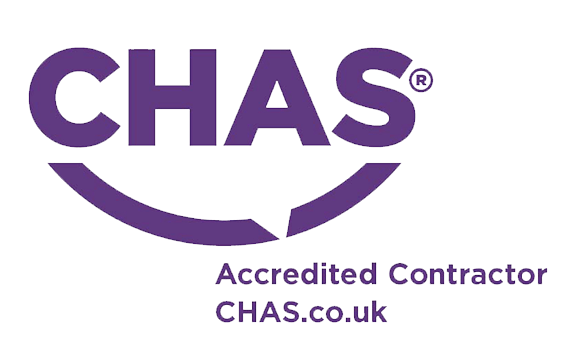
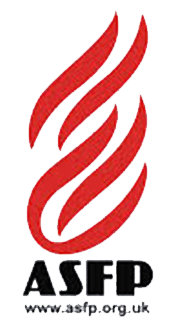





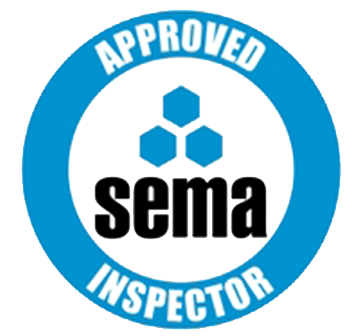

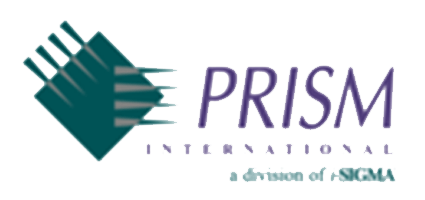

SpecUp - System Specification Wizard
Answer the 5 short questions below to receive your recommended Durasteel system specifications. Hover over the ? icons for a brief explanation.
Question 1/5
Type of system required?
Question 2/5
Fire rating required?
Question 3/5
Fire integrity-only or integrity and insulation?
Question 4/5
Fire attack risk from one side or both sides of the system?
Question 5/5
Blast rating required in addition to fire rating?
Creating your results page
Thanks for completing the SpecUp, you’ll be redirected to your results shortly.
Click here if you aren't redirected after a few secondsStart your project
Tell us about your project. Please complete this form. One of our sales team will come back to you with more details. If you prefer, you can drop us an email.
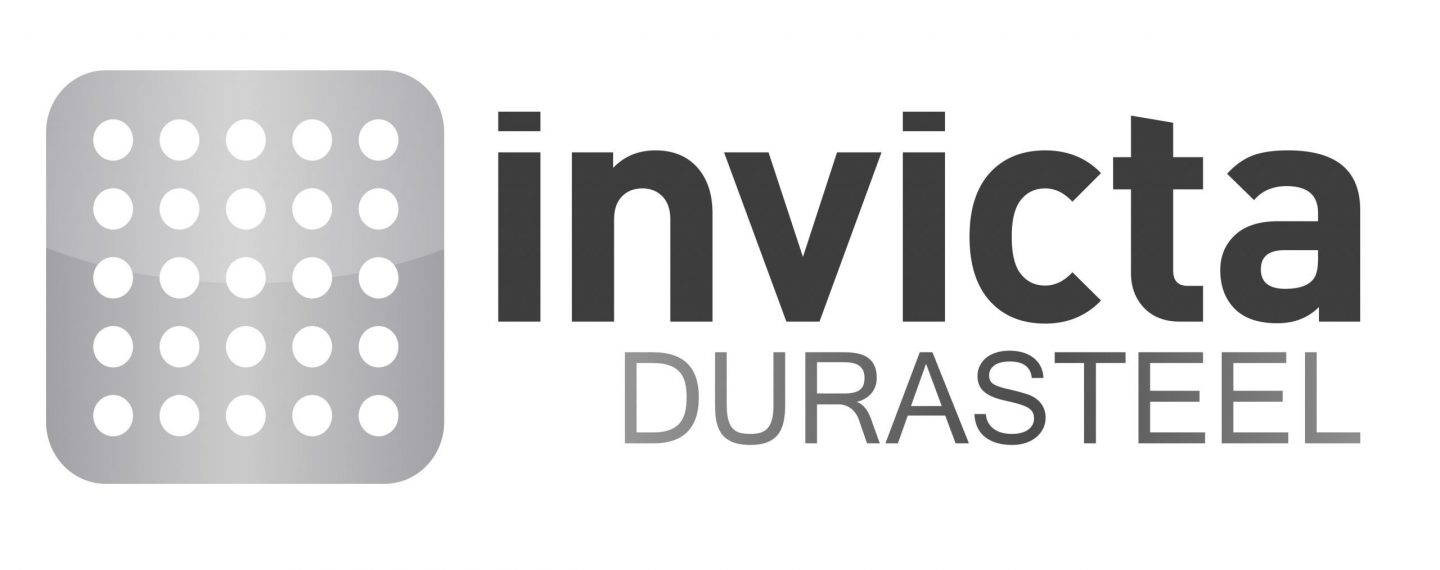

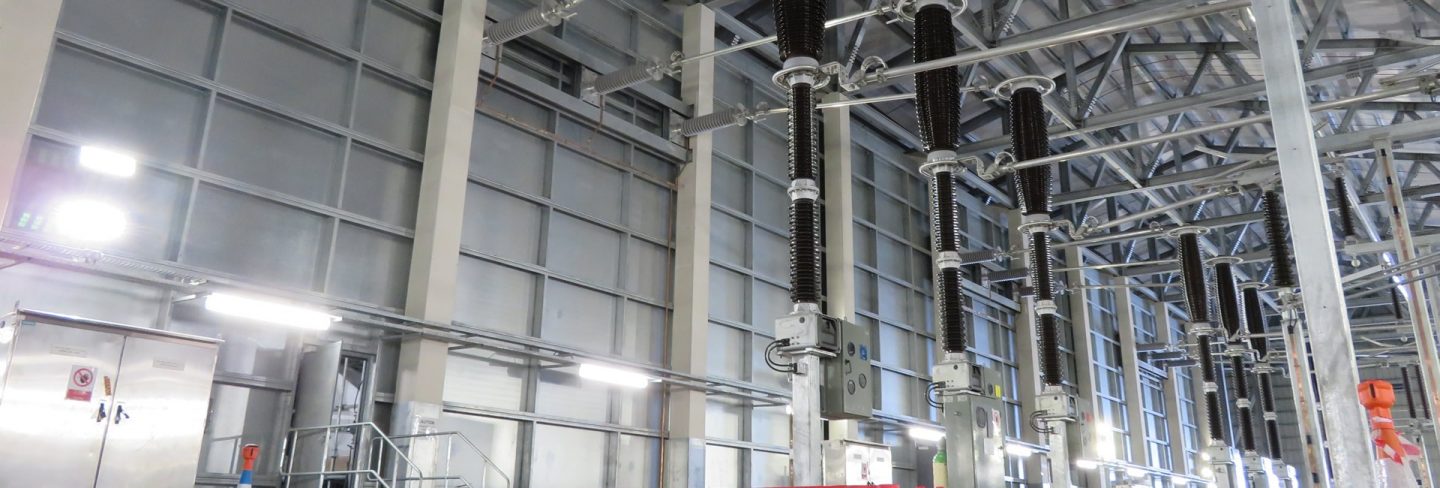
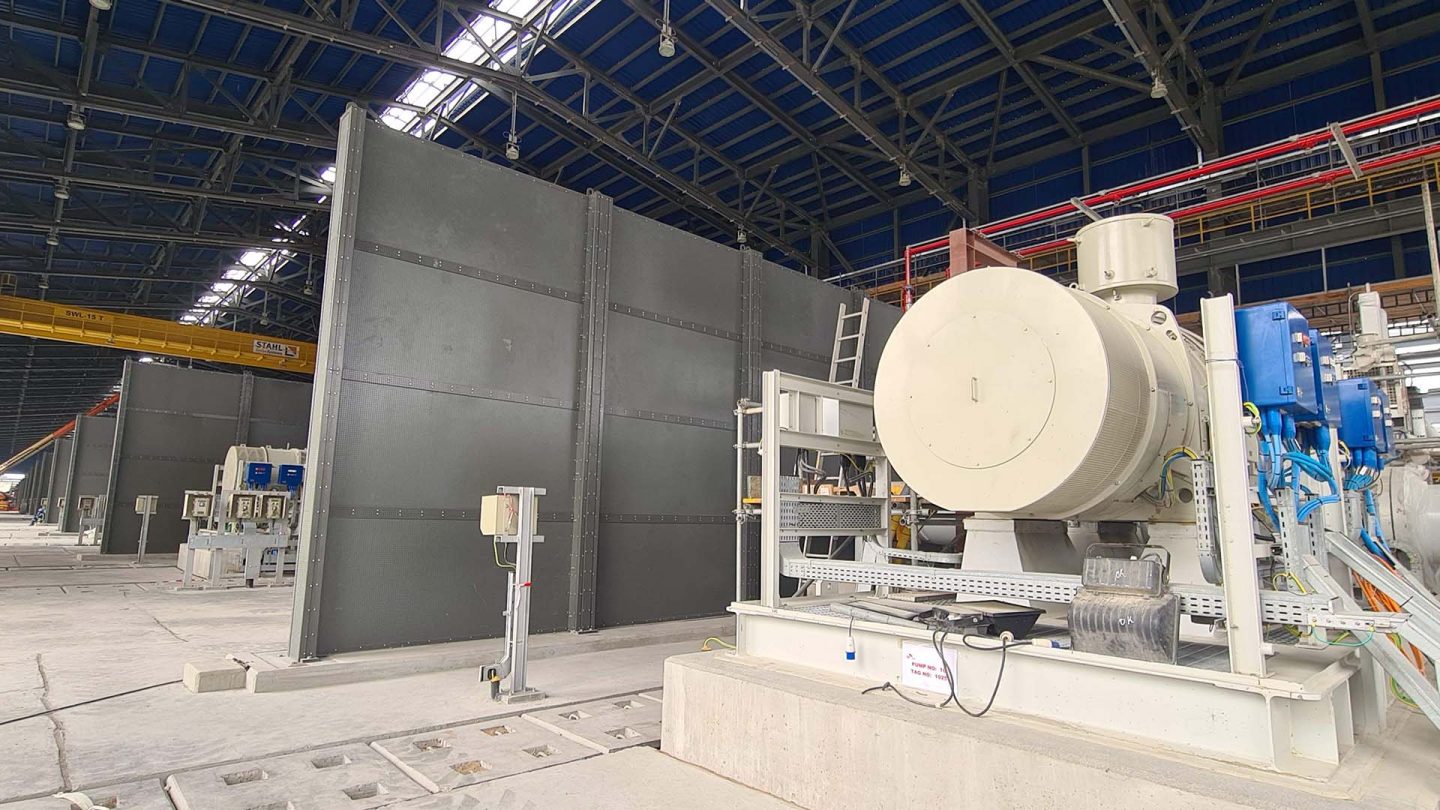
Share/Like this page